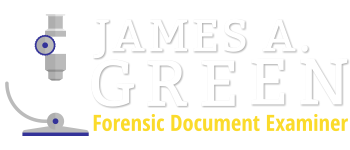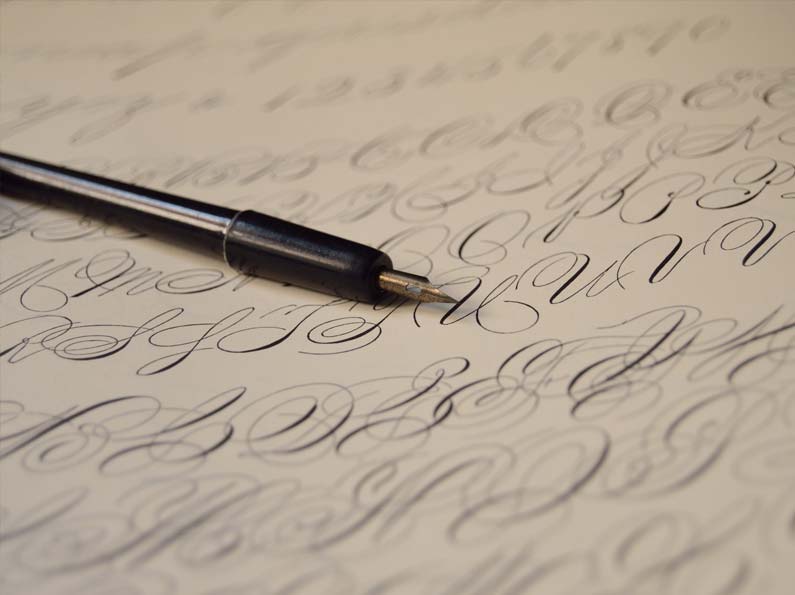Can a Fake Signature Be Traced Back to the Writer?
It’s common for forensic document examiners to receive requests to compare a fake signature—either simulated or traced—with known writing samples of a suspected forger. The goal is often to confirm whether a specific individual is responsible for creating the false signature. While this approach is understandable, the reality is more complex.
The Challenge with Simulated and Traced Signatures
A fake signature created through simulation is designed to imitate someone else’s handwriting. In doing so, the forger consciously attempts to suppress their own natural writing habits. When the simulation is well-executed, it often lacks the identifying characteristics of the actual writer. As a result, linking it back to the suspected forger becomes extremely difficult.
Traced signatures present an even greater challenge. In tracing, the writer essentially copies the outline of a genuine signature, often by placing a transparent sheet or light source behind the document. Because the process is more mechanical than expressive, it rarely includes any of the forger’s own handwriting traits. This makes it nearly impossible to connect a traced fake signature to a specific individual with any level of certainty.
When Writer Identification May Be Possible
In some cases, a fake signature is poorly executed or created in haste. When this happens, the forger may inadvertently incorporate elements of their own handwriting style—such as specific curves, slant, or pen pressure. These subtle features can offer a trained document examiner a path toward identifying the writer, though it’s rare in skilled forgeries.
Extended handwritten material, such as anonymous notes, offers a better opportunity. Unlike a signature, which is short and often rehearsed, longer writing samples are more likely to contain consistent, habitual writing features. These can be analyzed and compared to known samples of a suspected writer to determine authorship.
Conclusion
While document examiners can sometimes uncover clues pointing to the origin of a fake signature, the process is rarely straightforward—especially with well-crafted simulations or tracings. The fewer natural writing features present, the more limited the ability to confidently identify the writer. For stronger results, extended handwritten materials offer a better chance of matching writing traits to a known individual.
If you suspect a fake signature is involved in a case, consulting a qualified forensic document examiner is an essential first step. They can assess the signature in question, review available evidence, and help determine what conclusions—if any—can be drawn.

